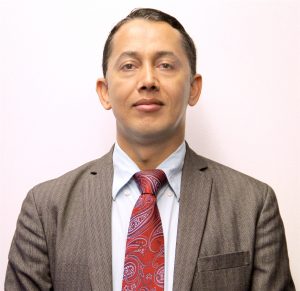I have been following a variety of news and discussions about the big MOOCs as a means of bringing millions if not billions out of ignorance, poverty, and lack of civilization around the world for some time. Lately, there have been far fewer people on the national scene here in the US who say the kinds of amazing things that they did until a few months ago about giving higher education an extreme makeover right here in America. But while the hype has significantly subsided on the local front, the MOOCery of higher education on the global front has been evolving into a mountain of BS. I usually tolerate or ignore the mind-bending lack of critical perspectives in the current discourse about educating the hungry masses out there, but after reading many news reports about a particularly interesting development in Rwanda today, I couldn’t help express some frustration once more.
What most bothered me was a news article in the Chronicle of Higher Education (a venue that I highly respect), which followed the pattern of a barrage of similar articles in less reputable venues; like everyone else, the writer of this article jumped on the bandwagon to essentially celebrate a group of entrepreneurs from “not” Rwanda with an utterly paradoxical vision to save that nation (plus the rest of the developing world).
Ugly Paradoxes
As someone who has lived in some of those third world places, I found the whole project only slightly better than some of the educational scams that I have observed on the ground. Amazingly enough, in describing the Rwandan revolution in higher education, reporters on this side of the world have used words like “magic,” “game changing,” worldwide “waves,” and even “the turn” for the entire field of higher education. Continue reading



